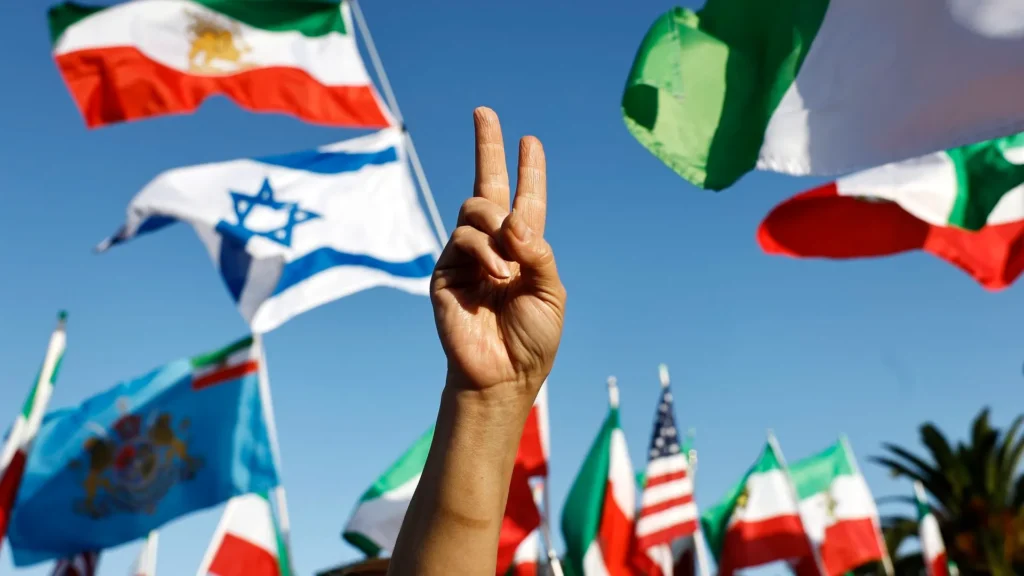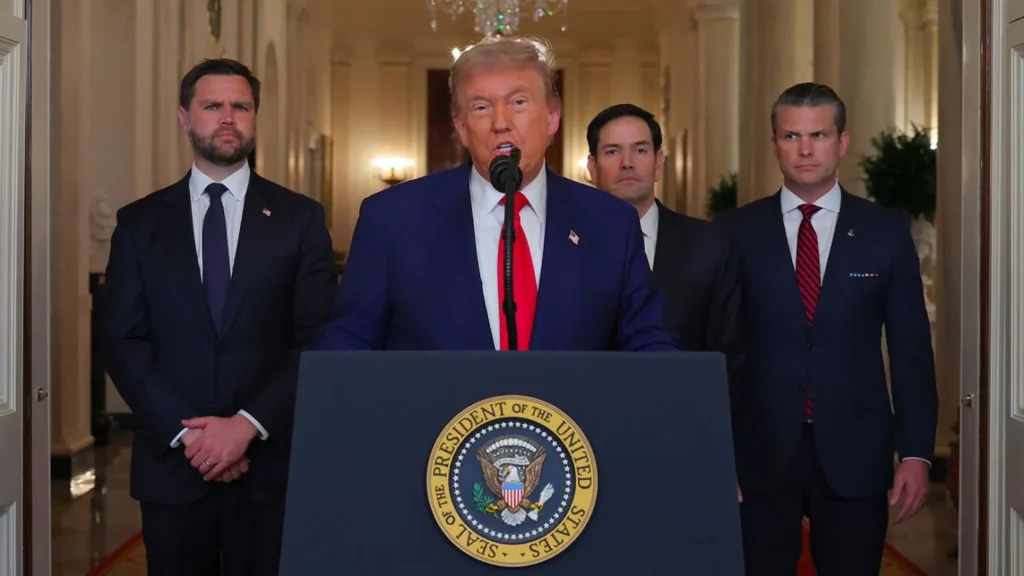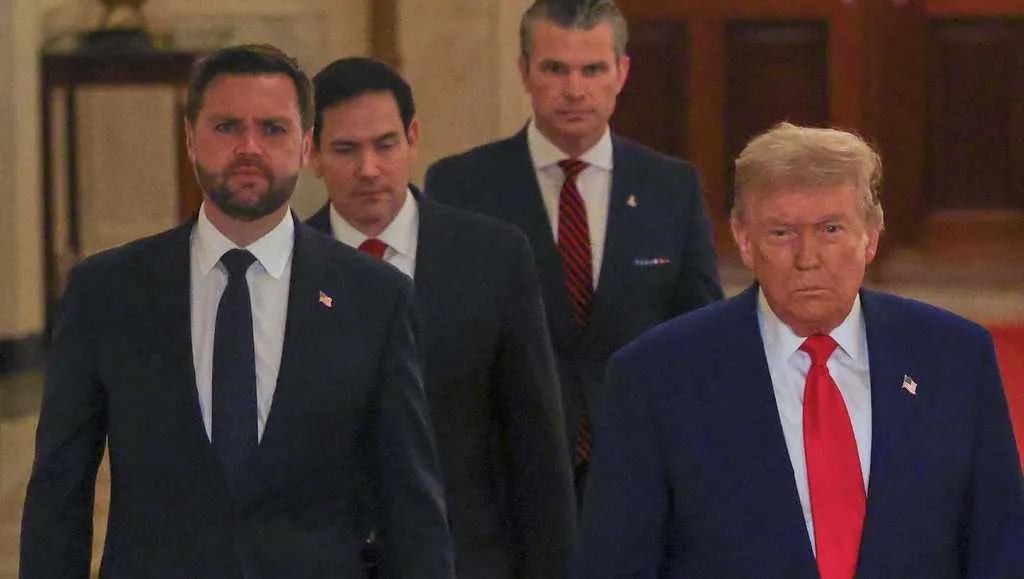A Precarious Silence: What the Ceasefire Entails
In mid‑2025, after months of escalating tensions between Israel and Iran, both nations surprisingly agreed to a ceasefire. This truce halts direct military actions—strikes, retaliations, and border skirmishes—signaling a brief pause in a cycle of aggression that had risked destabilizing the broader Middle East. Notably, it includes:
- A halt to airstrikes and missile launches.
- A temporary freeze on cyberattacks and covert operations.
- Diplomatic channels reopened for crisis management.
- Monitoring mechanisms involving regional and global actors.
While fragile, the ceasefire marks a critical turning point in a conflict that has lingered beneath the surface for years.
Historical Context: A Deep-Seated Rivalry
Israel and Iran have long stood at odds. Since Iran’s 1979 Islamic Revolution, the two nations have clashed ideologically and strategically:
- Proxy warfare in Syria and Lebanon, where Iran-backed militias confront Israeli interests.
- Nuclear tensions, with Iran’s uranium enrichment provoking Israeli and Western fears.
- targeted killings and cyberwarfare, such as strikes on nuclear sites and the Stuxnet virus.
- Diplomatic feints, where both nations engaged in public brinkmanship even amid backchannel peace overtures.
The immediate spike in hostilities during 2025 was fueled by an Iranian missile incident striking Israeli territory, prompting a forceful Israeli response and drawing the region to the brink.

Anatomy of the Ceasefire Deal
Unlike previous unworkable pauses, this agreement is more structured:
- Mutual restraint: Both sides cease offensive military operations, including cyber warfare.
- De-escalation zones: Certain areas (e.g., near Syria-Israel borders) are demilitarized under monitoring arrangements.
- Activation of hotlines: Points of immediate communication reduce miscalculations.
- Role of mediators: Nations such as Oman and Switzerland play diplomatic go-betweens, with Arab intermediaries facilitating dialogue.
- Conditional extensions: Future adherence depends on reciprocity—should one side break the ceasefire, the truce ends.
Though narrow and tactical, this framework reflects a shift toward proactive conflict avoidance rather than reactivity.
Regional Impact: A Breath of Relief
The ceasefire’s ripple effects across the Middle East could be profound:
- Syria and Lebanon: Decreased airstrikes may relieve civilians and reduce proxy violence.
- Jordan and Iraq: Lowered cross-border tensions could allow reconstruction initiatives and humanitarian aid to resume with less scrutiny.
- Gulf Cooperation Council states: With concerns of escalation fading, these nations may proceed with ongoing normalization deals with Israel.
- Palestinian Territories: Though still uncertain, decreased regional hostilities may create limited diplomatic space for talks.
In short, regional flashpoints currently have a reduced chance of rapid escalation.
The International Dimension
The ceasefire strengthens global security in several ways:
- U.S. backing: Washington is classifying the truce as a diplomatic “win,” especially valuable amid other global challenges.
- Russia and China: Neutral observers suggest the ceasefire aligns with goals to keep Middle Eastern instability contained.
- European Union & UN: A stalled or paused Middle East conflict helps shift attention back to Ukraine, climate, and humanitarian crises without an Israeli–Iran escalation.
- Global energy markets: Oil prices stabilized, easing fears of disruptions in strategic waterways like the Strait of Hormuz.
While not a global solution, this ceasefire buys time for diplomatic recalibration and economic moderation.
What Changed? Understanding the Ceasefire Push
Several factors drove the sudden ceasefire breakthrough:
- Mutual deterrence fatigue: Repeated attacks cost both sides resources without yielding lasting gains.
- Economic pressure: Iran’s lack of foreign investment and Israel’s ongoing military expenditures generated domestic pressure to pause the conflict.
- Shifting regional alliances: Subtle changes in Saudi, UAE, and Egyptian dynamics reduced Iran’s isolation and opened new diplomatic channels.
- Global balancing priorities: Rising concerns over Ukraine, China–Taiwan tensions, and climate emergencies stretched U.S. attention, encouraging Iran and Israel to de-escalate.
- Backchannel diplomacy: Quiet conversations involving intermediaries catalyzed trust-building steps and set the stage for public acknowledgment.
The ceasefire is an outcome of layered diplomatic groundwork, testing whether limited peace is possible in a volatile region.
Risks and Fragility: What Could Still Go Wrong
This ceasefire is far from an irreversible peace. Several danger points loom:
- Proxy escalation: Non-state actors such as Hezbollah or the Islamic Revolutionary Guard Corps (IRGC) could attack unilaterally, prompting renewed Israeli responses.
- Terrorist intrusion: In an attempt to disrupt peace, organizations such as ISIS may take advantage of the quiet to reorganize or incite violence.
- Policy shifts in Washington: A change in U.S. leadership or strategy could reverse pressure mechanisms and embolden either side.
- Domestic political unrest: Hardline factions in both Iran and Israel may challenge the ceasefire through public criticism or provocations.
- Structural mistrust: Without deeper agreements, each side could remain poised for renewed aggression if they feel betrayed.
Without sustained restraint and clear diplomatic follow-up, this fragile truce could collapse.

Why It Matters for Global Peace
Even in its limited scope, this ceasefire has broader implications:
- A precedent for de-escalation: Moves away from perpetual conflict toward managed pauses and strategic dialogue.
- Success with shadow diplomacy: Highlights the value of private negotiations devoid of public display.
- Boost to multilateral frameworks: Validates the role of non-aligned states and global organizations in preventing wider wars.
- A test of new norms: Opens the door to future cyber or missile truce agreements.
- Shift toward proactive diplomacy: From managing conflict to building resilience networks across the region.
In a time of polarizing global conflicts, local ceasefires reaffirm that even entrenched rivalries can be paused, if not resolved.
Pathways Forward: From Ceasefire to Sustainable Peace
The ceasefire is a beginning, not an endpoint. For it to evolve into lasting stability, several steps are needed:
A. Formal Diplomacy Tracks
Concurrent diplomatic channels should tackle core disputes: nuclear timelines, regional security architecture, and Israeli–Palestinian relations.
B. Confidence-Building Measures
These might include prisoner exchange, humanitarian aid, industrial partnerships, or even conditional trade normalization.
C. Regional Security Architecture
A formal multilateral body—or even a confidence protocol—could standardize early-warning mechanisms, border monitoring, and military restraint pacts.
D. External Guarantees & Backers
International oversight—via UN, EU, or U.S. representation—can lend credibility and enforcement clout to agreements.
E. Civil Society Engagement
Public support can be increased and radicalism can be decreased by promoting peacebuilding initiatives through academic partnerships, policy exchanges, and grassroots organizations.
Without these stepping stones, the ceasefire remains an ephemeral pause rather than a structural solution.
Broader Global Significance
Israeli and Iranian acts send significant messages outside of their region:
- Diplomacy is still effective: When world conditions change, even seemingly intractable enemies can cease their conflict.
- De-escalation as first step: Ceasefires establish negotiation platforms without preconditions.
- Multilateralism continues to matter: Even today, neutral mediators play essential roles.
- A lesson in proportionality: Mutual restraint demonstrates that both sides recognized limits to their power.
- A model for other standoffs: The Iran–Israel truce may inspire similar efforts involving India–Pakistan, North–South Korea, or Arab–Aden dynamics.
It is a momentary—but instructive—lesson that even adversarial power dynamics can yield to dialogue.
Related Blog: Gaza’s Collapse: A Growing Humanitarian Catastrophe
FAQs: Understanding the Iran–Israel Ceasefire
Q1: Does this mean Iran and Israel are at peace?
Not yet. The deal is not a peace treaty or a diplomatic normalization; rather, it is a brief cessation of hostilities.
Q2: Who brokered the ceasefire?
Neutral states—including Oman and Switzerland—facilitated discreet talks. Regional Arab mediators also played vital roles in behind-the-scenes diplomacy.
Q3: What happens if one side breaks the truce?
The ceasefire is conditional. Any major breach by Iran or Israel enables the other side to resume hostilities.
Q4: Will proxy militias respect this ceasefire?
That remains uncertain. Iran-backed groups like Hezbollah are expected to follow suit, but enforcement mechanisms are at a nascent stage.
Conclusion: A Fragile Pause with Meaning
The 2025 Iran–Israel ceasefire is not a resolution—it is a strategic pause, a mutual breath, born of war weariness and geopolitical calculation. It does not resolve the region’s thorny challenges, but an effective, enforced ceasefire can:
- Reduce civilian harm.
- Create space for negotiation.
- Demonstrate that even old enmities can yield temporary cooperation.
- Signal to other regions that diplomacy can still prevent escalation.
As long as regional and global leaders sustain the commitment to uphold it, this ceasefire may grow into a springboard for broader stability. If it falters, the risk remains high that a more destructive cycle will resume.
But for now, it offers a rare and hopeful affirmation: diplomacy can pause war, even when peace seems impossible.




